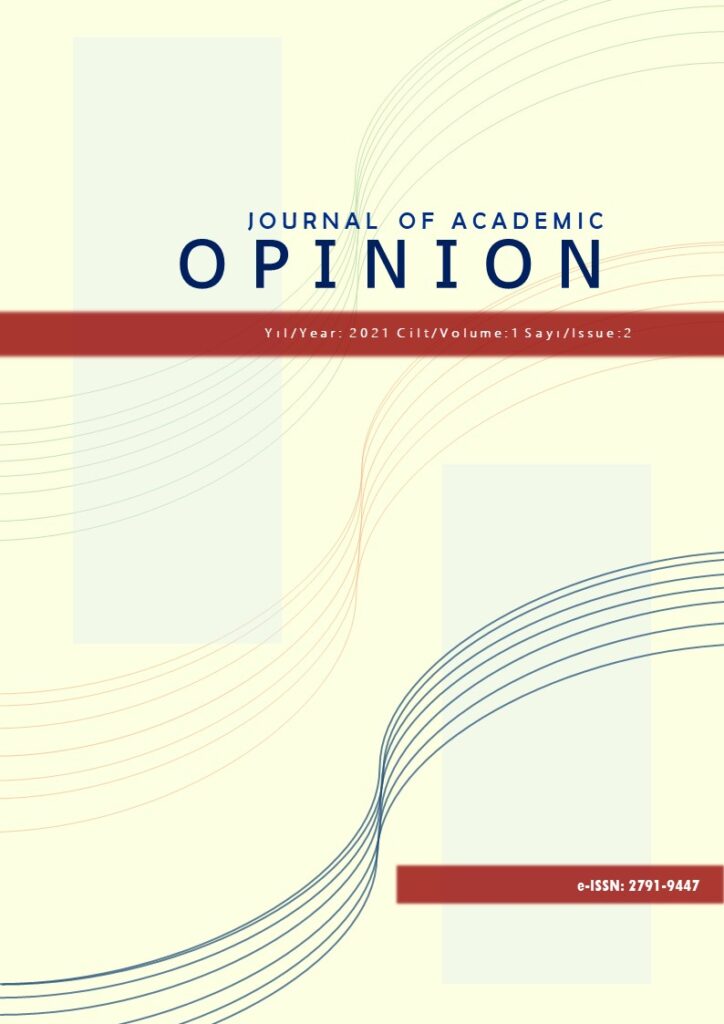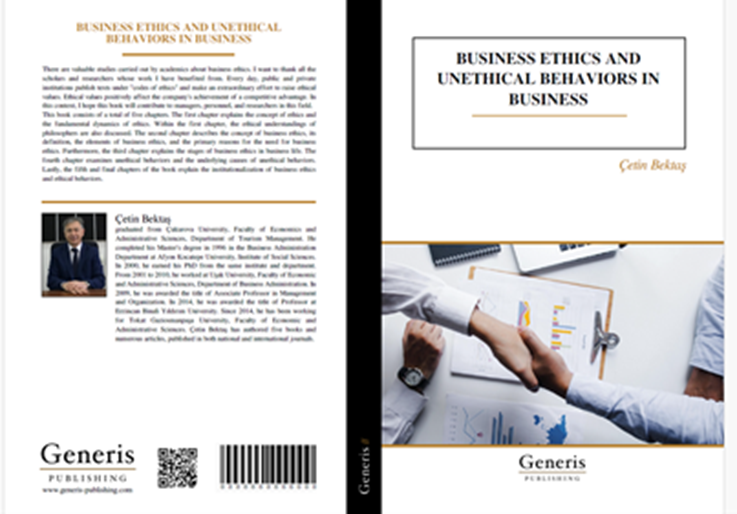Forecasting Financial Crisis Leading Indicators with the Probit Model: An Assessment on Turkey
DOI:
https://doi.org/10.5281/zenodo.7497557Keywords:
Financial Crises, Crisis Leading Indicators, Probit ModelAbstract
The increase in the number and severity of financial crises has led to the need to predict crises; accordingly, it has increased the interest in the subject. Of course, predicting financial crises is a process that requires a lot of effort. However, past financial crises have shown two things: first, to improve economic forecasting indicators, and second, to be able to develop early warning systems that work well for economic crises. In this context, crisis leading indicators are an extremely useful tool to prevent major destructions in the economy and to help policy makers more effective decisions and prevent greater losses. The aim of the study created with in the scope of this requirement is to determine the crisis leading indicators for Turkey's 1992:01-2019:12 period with the probit model method. According to the final model created; there is a statistically significant relationship between the variables of current account balance, overnight borrowing interest rate, Central Bank reserves, composite leading indicators, foreign trade balance, stock price index, inflation rate and dependent variable.
References
Altıntaş, H.,&Öz, B. (2007). Para Krizlerinin Sinyal Yaklaşımı İle Öngörülebilirliği: Türkiye Uygulaması. Anadolu Üniversitesi Sosyal Bilimler Dergisi. 7(2): 19-77.
Claessens, S.,& Köse, A. (2013). Financial Crises: Explanations, Types, andImplications, SSRN Electronic Journal. https://www.researchgate.net/publication/256045890.
Claessens, S.,Laeven, L., Valencıa, F., & Köse, A. (2014). Financial CrisesCauses, Consequences, andPolicyResponses. International MonetaryFund. Cataloging-in-Publication Data Joint Bank-Fund Library.
Corsetti, G.,Pesenti, P., &Roubini, N. (1998). "WhatCausedtheAsianCurrencyand Financial Crisis? Part I:MacroeconomicReview", NBER WorkingPaper No. 6833, http://www.nber.org/papers.
Delice, G. (2003). Finansal Krizler: Teorik ve Tarihsel Bir Perspektif. Erciyes Üniversitesi İktisadi ve İdari Bilimler Dergisi, 20: 57-81.
Eichengreen, B.,Rose, A. K., &Wyplozs, C. (1996).Exhange Market Mayhem: TheAntecedentsandAftermath of SpeculativeAttacks. EconomicPolicy 10(21): 249-312.
EsquivelG.,&Larrain, F. (1998). ExplainingCurrencyCrises. Harvard Institute of Development DiscussionPapers.
Flood, R. P.,&Garber, P. M. (1984). Collapsing Exchange Rate Regimes: SomeLinearExamples, Journal of International Economics, 17: 1-13.
Frankel, J. A.,&Rose, A. K. (1996). CurrencyCrashes in EmergingMarkets: EmpiricalIndicators. NBER WorkingPaper. Cambridge, Massachusetts: NationalBureau of EconomicResearch. 5437: 1-29.
Gerni, C., Emsen, Ö. S., & Değer, M. K. (2005). Erken Uyarı Sistemleri Yoluyla Türkiye’deki Ekonomik Krizlerin Analizi. İstanbul Üniversitesi İktisat Fakültesi, Ekonometri ve İstatistik Dergisi. 2: 39-62.
Gujarati, D. (2016) Örneklerle Ekonometri. Çev: N. Bolatoğlu. Ankara: BB101 Yayınları.
Işık, S., Duman, K., & Korkmaz, A. (2004). Türkiye Ekonomisinde Finansal Krizler: Bir Faktör Analizi Uygulaması. Dokuz Eylül Üniversitesi İktisadi İdari Bilimler Fakültesi Dergisi, 19(1): 45-69.
Kaminsky, G.,&Reinhart, M.C. (1996). TheTwinCrises: TheCauses of BankingandBalance-of-PaymentsProblems. International Finance DiscussionPapers. 544.
Kaminsky, G.,Lizondo, S., &Reinhart, M.C. (1997).LeadingIndicators of CurrencyCrises. IMF WorkingPaper. 97(79).
Kaminsky, G.,Lizondo, S., &Reinhart, M.C. (1998). LeadingIndicators of CurrencyCrises. IMF StaffPaper, 45(1).
Kansu, A. (2006). Döviz Kuru Sistemleri ve Döviz Krizleri: Türkiye 1994 ve 2001 Krizleri. İstanbul: Güncel Yayıncılık.
Karabulut, G. (2002). Gelişmekte Olan Ülkelerde Finansal Krizlerin Nedenleri, İstanbul: Der Yayınları.
Kesbiç, C. Y., Dündar, Ö., & Devrim, A. (2016). KLR “Mutlak Sinyal” Yaklaşımına Göre Türkiye Ekonomisine İlişkin Kriz Öngörüsü. Finans Politik & Ekonomik Yorumlar. 53(617): 23-53.
Krkoska, L. (2000). AssensingMacroeconomicVulnerability in Central Europe.Eurpean Bank forReconstructionand Development. WorkingPaper.
Krugman, P. (2000). Crises: Thenextgeneration?. https://www.researchgate.net/publication/292492318_Crises_The_next_generation.
Mishkin, F. S. (2001). Financial PoliciesandPrevention of Financial Crises in Emerging Market Countries. NBER WorkingPaper Series, 8087(3).
Pukeliene, V.,&Deksnyte, I. (2010). CurrencyCrises: ModelsandTheirPossibility in Lithuania. EkonomikaIrVadyba. 15: 206-211.
Sevim, C. (2012). Öncü Göstergeler Yaklaşımına Göre Finansal Krizler ve Türkiye Örneği. Ankara: BDDK Kitapları.
Tay, A. (2007). Erken Uyarı Sistemleri ile Finansal Krizlerin Analizi: Türkiye ve Geçiş Ekonomileri Örneği. İstanbul: İktisadi Araştırmalar Vakfı.
Ural, M.,& Acar Balaylar, N. (2007). Bankacılık Sektöründe Yüksek Risk Alımı ve Baskı İndeksleri. Finans Politik & Ekonomik Yorumlar. 44(509): 47-57.
Uygur, E. (2001). Krizden Krize Türkiye: 2000 Kasım ve 2001 Şubat Krizleri, Türkiye Ekonomi Kurumu, 2001(1): 1-40.
Downloads
Published
How to Cite
Issue
Section
License
Copyright (c) 2021 Journal of Academic Opinion

This work is licensed under a Creative Commons Attribution 4.0 International License.





